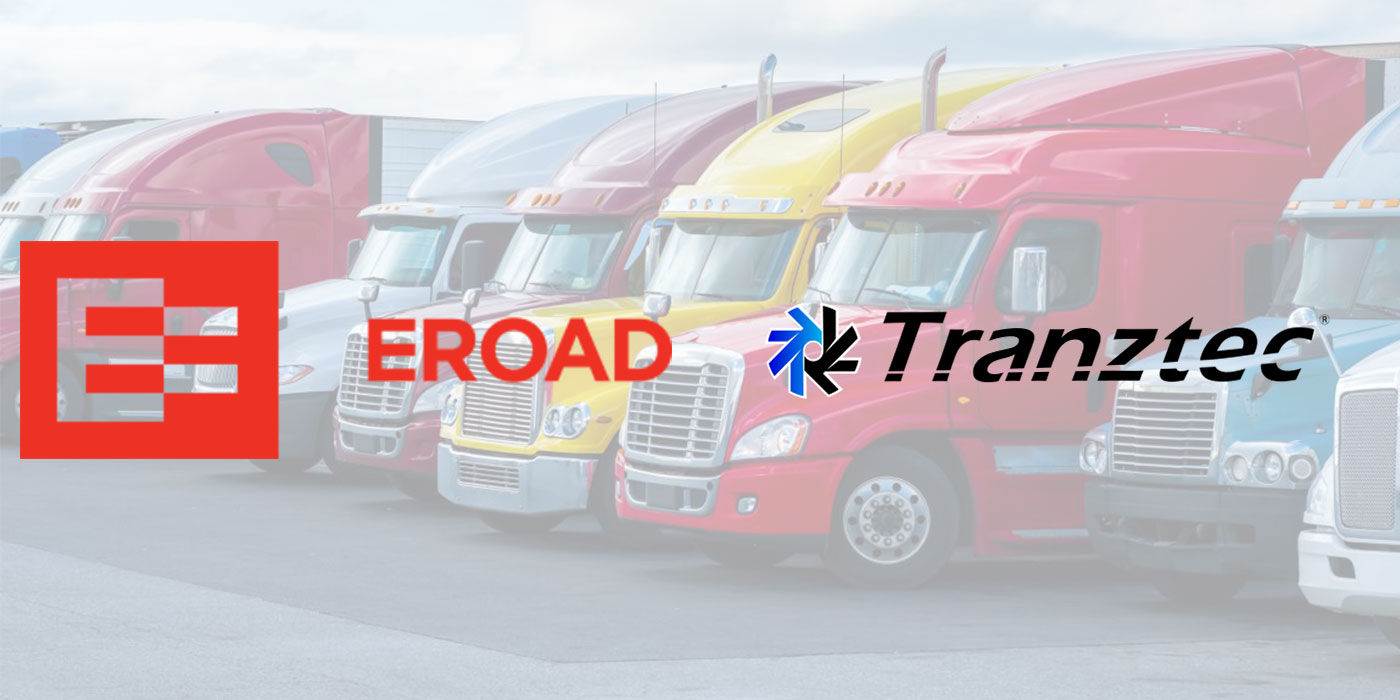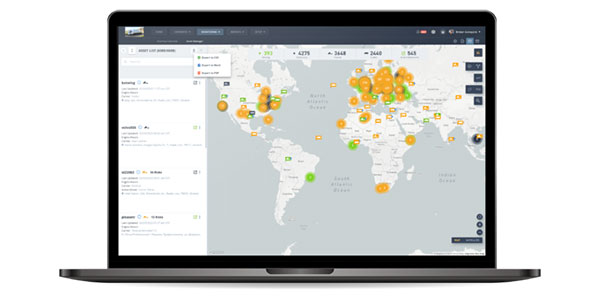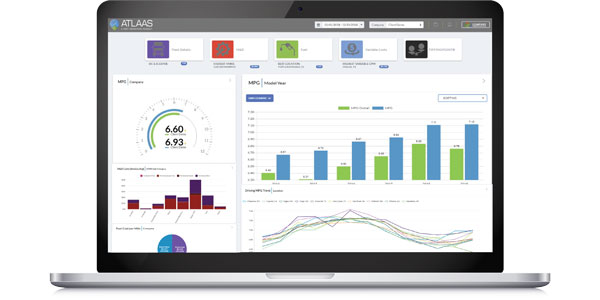Technology upgrades have a widespread impact within a motor carrier’s operation, noted Deryk Powell, president and COO at Velociti, a provider of technology deployment services. “There are considerations for everybody, from drivers to dispatchers to management, IT and operations and business staff members,” he said. “Effectively managing a technology upgrade means taking all of those concerns into account.”
Powell relates there has been a large amount of activity recently involving upgrades to on-board mobile communications systems. “Carriers are converting to new generations of products from PeopleNet, Qualcomm and other suppliers, and some fleets are migrating to new systems that are now on the market, like smartphone and software-as-a-service offerings from Xata,” he stated. “Mobile communications systems are one of the most established long-term technologies in use by carriers, so the combination of newly available and updated solutions is driving upgrade needs.”
In any technology upgrade, there are pitfalls to avoid. “Many fleets forget about the deployment part of the equation,” Powell said. “They are relying on information from the technology but don’t consider the impact on their operation if there is a gap in data availability.
“It’s important to determine deployment issues as part of the project plan and do so early in the process,” Powell continued. “Fleets need to take into consideration shipping and inventory so new hardware can be provisioned and configured as installations and upgrades are being done. There’s also the time it will take to train technicians and others to perform upgrades if work is being done in-house, time for uninstalling older systems, and the need to schedule fleet assets for upgrading while minimizing downtime.”
The deployment timeframe for a technology upgrade has a big impact on a carrier’s return on investment. For example, while fleets look at things like fuel savings as major ROI drivers, the cost in time of deploying a technology upgrade is not always included. The goal is to shorten the time to ROI—but for a full accounting, the time for deploying an upgrade, including project management, has to be considered part of the cost. Powell also reported that in the last 18 months, Velociti has seen more fleets looking at upgrading and installing a combination of technologies at once, reducing downtime in the process.
NFI, a transportation and logistics services provider, turned to Velociti to upgrade its Qualcomm communications systems and install Qualcomm trailer tracking technology on more than 800 units at locations across the U.S. Velociti also coordinated with the fleet’s tractor OEM to capture 225 new vehicles for installations before they were put into service by NFI. Additionally, NFI opted to have the Meritor Tire Inflation System by P.S.I. installed on 423 trailers on-site at its locations and at customer yards.
Sentinel Transportation, a private chemical and petroleum hauler for Phillips66 and DuPont, set out to install four different technology solutions throughout its entire fleet. The project entailed retrofitting 200 existing trucks as well as installing products on 50 new vehicles coming off production lines. Sentinel selected DriveCam, PeopleNet, Iteris and Doran Tire Pressure Monitoring Systems, which not only needed to be installed and calibrated, but also set to interface with each other. For the installations on new Sentinel vehicles, the carrier leased a facility near the OEM factory. There, Velociti dedicated two technicians to match the build schedule. For retrofitting 200 existing trucks across the country with various combinations of the four hardware platforms, Velociti and Sentinel built a detailed schedule to identify which units were needed at which locations, matched to hardware vendors’ inventories.
For Sentinel, new and upgraded technologies were selected to yield a quick and predictable ROI. Having installations for all units done simultaneously was part of how quickly they realized a return on their investment.
“Velociti’s experience and diverse product knowledge has been a huge asset,” said Johnny Carnes, special projects manager for Sentinel Transportation. “Having technicians that can handle all work scopes simultaneously not only saved us time and money, but helped ensure all systems were working harmoniously without the need for multiple vendors to come back or troubleshoot.”
These two fleets, Powell concluded, show that the far-reaching effect a technology upgrade can have on a motor carrier’s operation can be mitigated when all considerations are addressed effectively.
For more information, visit www.velociti.com.













